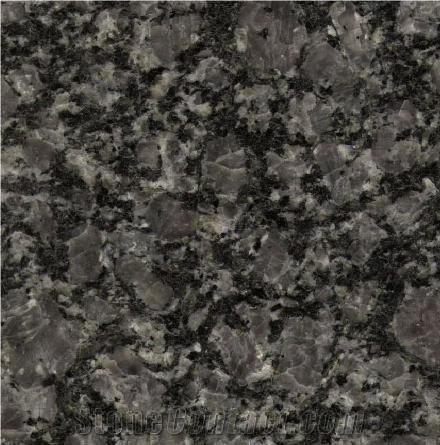Can Finland's Lappeenranta Granite be used exterior applications in very humid climates?
Lappeenranta Granite, also known as Baltic Brown Granite, is a widely used natural stone material in construction and architecture. However, when it comes to using it in very humid climates for exterior applications, there are a few factors to consider.
Granite, in general, is a durable and weather-resistant material that can withstand various climatic conditions. It is known for its low water absorption rate and resistance to staining and decay. However, the specific performance of Lappeenranta Granite in a highly humid climate depends on several factors, including the finish, maintenance, and installation.
1. Finish: The type of finish applied to Lappeenranta Granite can have an impact on its performance in a humid climate. Polished finishes are generally more water-resistant compared to honed or flamed finishes.
2. Maintenance: Proper maintenance, such as regular sealing and cleaning, is crucial in ensuring the longevity and performance of any natural stone in moist environments. Regular maintenance will help prevent water absorption and the growth of algae or mold on the surface.
3. Installation: Proper installation practices, including proper sealing, drainage, and ventilation, are important when using Lappeenranta Granite in exterior applications. Adequate installation techniques will minimize the chances of moisture-related issues.
In conclusion, while Lappeenranta Granite can be used in exterior applications in very humid climates, it is important to choose the appropriate finish, ensure proper maintenance, and use correct installation techniques to enhance its performance and longevity in such conditions. Engaging with a professional stonemason or architect familiar with the material and climate can provide more specific advice for your unique project.
Lappeenranta Granite, also known as Baltic Brown Granite, is a widely used natural stone material in construction and architecture. However, when it comes to using it in very humid climates for exterior applications, there are a few factors to consider.
Granite, in general, is a durable and weather-resistant material that can withstand various climatic conditions. It is known for its low water absorption rate and resistance to staining and decay. However, the specific performance of Lappeenranta Granite in a highly humid climate depends on several factors, including the finish, maintenance, and installation.
1. Finish: The type of finish applied to Lappeenranta Granite can have an impact on its performance in a humid climate. Polished finishes are generally more water-resistant compared to honed or flamed finishes.
2. Maintenance: Proper maintenance, such as regular sealing and cleaning, is crucial in ensuring the longevity and performance of any natural stone in moist environments. Regular maintenance will help prevent water absorption and the growth of algae or mold on the surface.
3. Installation: Proper installation practices, including proper sealing, drainage, and ventilation, are important when using Lappeenranta Granite in exterior applications. Adequate installation techniques will minimize the chances of moisture-related issues.
In conclusion, while Lappeenranta Granite can be used in exterior applications in very humid climates, it is important to choose the appropriate finish, ensure proper maintenance, and use correct installation techniques to enhance its performance and longevity in such conditions. Engaging with a professional stonemason or architect familiar with the material and climate can provide more specific advice for your unique project.
 Finland
(Lappeenranta)
Finland
(Lappeenranta)














